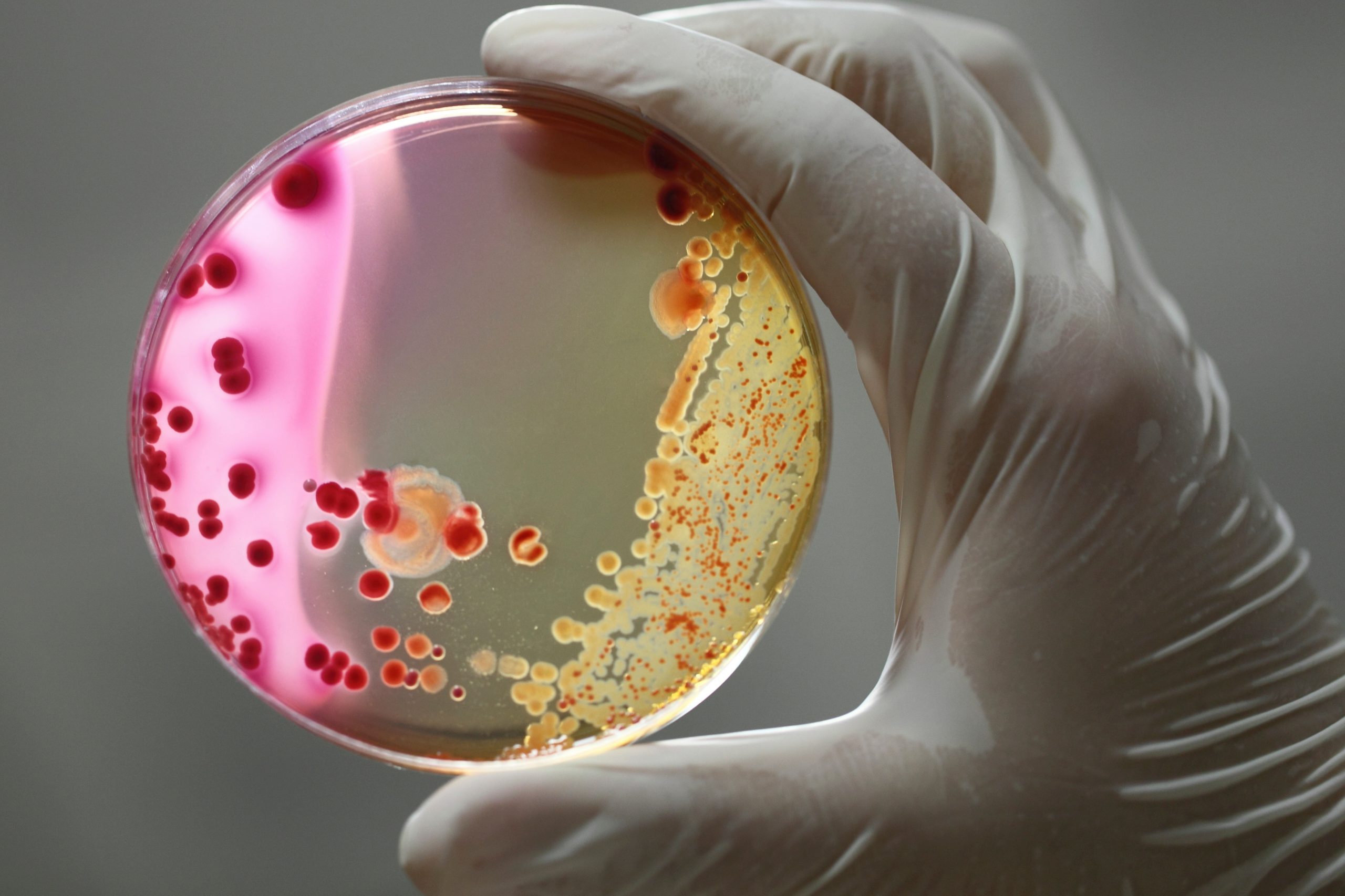Capex turns passive visitors into engaged buyers
Converting online looky-loos into customers
Read more...

It can sometimes feel like we’re waiting and waiting and waiting… for the cure to neurological diseases like Alzheimer’s and Parkinsons, especially now that they affect close to 40% of the world’s population, or 3.4 billion people, making them the leading cause of illness and disability worldwide. Neurological conditions were responsible for 443 million years of healthy life lost due to illness, disability, and premature death in 2021. It’s easy to be frustrated with the perceived lack of progress in finding new treatments and cures.
However, there is progress being made, thanks to advanced technologies like induced pluripotent stem cells (iPSC), and microfluidics. These technologies are revolutionizing how researchers study diseases and develop treatments.
iPSC, in vitro disease modeling, microfluidics
Induced pluripotent stem cell (iPSC) technology allows researchers to create disease models by reprogramming adult cells into a pluripotent state. Pluripotent refers to a cell that can morph into different types of cells or tissues. These iPSCs can be differentiated into various cell types in vitro (outside the living organism, in an artificial environment), which then can be used to help recreate key aspects of human diseases outside the human body.
This more human-relevant approach allows researchers to study diseases in a context that closely mimics human physiology. The hope is that this method can identify potential drug treatments more quickly, or fail unsuitable treatments earlier, compared to traditional animal models. When researchers rely solely on animal models in preclinical studies, they often encounter discrepancies when transitioning to clinical human studies.
For decades, animal testing has been the standard for drug development, but the recent implementation of the FDA Modernization Act 2.0 now allows for alternatives to animal testing for drug applications. By using iPSC-derived cell cultures in preclinical tests, scientists can achieve more accurate results, saving time and money while potentially uncovering new therapeutic avenues faster. This approach not only reduces the reliance on animal testing but also enhances the precision and relevance of biomedical research.
Microfluidics involves the use of devices that contain incredibly small channels and chambers, often smaller than parts of a human cell. These devices manipulate tiny volumes of fluids, utilizing forces such as electrostatic and capillary action to precisely control the movement and mixing of samples.
By scaling down the experimental environment to the size of individual cells, researchers can create intricate environments that mimic the complex environments found within living organisms and gain unprecedented insight into cellular behavior and function.
This level of precision and control is essential for studying complex biological processes, developing new drugs, and understanding disease mechanisms at a cellular level.
Intersecting microfluidics and in vitro disease modeling
At the intersection of these two groundbreaking technologies is eNUVIO, a leader in developing microfluidic devices that simulate human physiological systems. eNUVIO’s devices provide a platform to model the human body in vitro, enhancing productivity and research quality without relying on animal testing. “The goal is to simulate the human body on a small scale, perform experiments outside of the body, and forecast how the body responds to potential medications," explained Hugo McGuire, CEO, and co-founder at eNUVIO, highlighting that pharmaceutical companies strive for early identification of unsuccessful drugs because they know that most of their compounds are going to fail, despite the billions of dollars invested in it.
"Our technology supports this “fail early, fail fast” approach by shortening the research duration for potential therapeutics that may not succeed in clinical trials," says McGuire.
eNUVIO has developed a variety of first-in-class sophisticated microfabricated devices with a strong focus on high-throughput compatible devices for neuroscience, muscle research, and their integration. All of their devices help mimic physiological properties, allowing researchers to observe interactions between different systems. eNUVIO’s devices are not only compatible with traditional two-dimensional cell cultures, but also with 3D cultures and organoids. Organoids are miniature versions of organs grown in the lab from stem cells. They mimic the structure and function of real organs, providing researchers with a more accurate model for studying diseases and testing potential treatments.
For example, mini-brains and self-assembled, twitching 3D muscle tissues are types of organoids that can be used in research to understand neurological disorders and muscle-related conditions better. In the study of Amyotrophic Lateral Sclerosis (ALS), a disease that causes muscle weakness and shrinking due to problems with nerve cells, researchers can grow nerve cells or a mini-brain in one chamber of a specialized microfluidic device and muscle cells or a 3D muscle tissue in an adjacent chamber.
The two chambers are connected via microchannels which serve as tunnels for nerves to reach the muscle. This setup replicates the natural separation between the central nervous system (brain and spinal cord) and muscles in the body and allows researchers to identify potential therapeutic interventions.
Simplifying the research processes
What sets eNUVIO apart in the microfluidics space is the simplicity and ease of use of its devices. Traditional microfluidic devices often feature a 'closed-top' design which poses challenges in the pharmaceutical and drug discovery sectors due to their incompatibility with robotics. The unique design of eNUVIO’s devices is especially valuable to researchers in the industry who aim to automate their experiments, as high-throughput screening is standard practice in the drug development industry. Given the need to screen thousands of potential therapeutics, automation is essential to ensure efficiency, accuracy, and reliable results across a large volume of experiments.
“Our devices offer a user-friendly, scalable, and cost-effective solution. Our unique open-top design provides direct access to culture chambers, enabling uniform cell plating, healthier cell culture conditions, and expanded experiment possibilities. Our system is basically just wells. We figured out a way to make a super high aspect ratio system. This is really the key to making a device that, for the user - and the robots - , is going to be exactly the same thing as they’re used to from very basic cell culture vessels but now with a much more precise architecture,” says McGuire.
Research at scale
eNUVIO enables researchers to scale their experiments, attracting institutions like the Montreal Neurological Institute (The Neuro) at McGill University. The Neuro uses eNUVIO’s devices to grow brain organoids. Instead of growing 40 to 80 organoids, the lab can now grow hundreds to thousands, thanks to the improved culture conditions provided by eNUVIO’s devices.
Thomas Durcan, an associate professor at The Neuro, explains, “We transitioned from manual organoid making to using bioreactors with eNUVIO’s devices, drastically reducing the time and manual effort required.”
"We started to talk to eNUVIO at the time about if there was a way that we could make these organoids quicker. So, instead of taking a few weeks to make them, we can make them within a week or so and then we can actually take out all the manual work and combine it with bioreactors," Thomas Durcan, associate professor at The Neuro, explained.
"eNUVIO’s manufacturing team actually helped prototype that design with us and then, ultimately, developed a solution. So, when COVID hit, the day our lab shut down, we went from manual organoid making to literally everything going into bioreactors. We then went and switched everything over to this new method that we now use pretty much entirely today."
Flexibility and customization
For The Neuro another reason for choosing eNUVIO was that they let science guide new solutions, Durcan said, meaning eNUVIO is open to customizing devices, while also listening to feedback from scientists, and not insisting on a one-size-fits-all approach, which is what other companies do. Most companies say “this is our device, it doesn't change,” said Durcan. eNUVIO, on the other hand, is far more flexible. “A big part of why we use them is that a lot of their stuff is to our specifications, and where you can adjust things on the fly. Then, once it's adjusted to the way we like, it can be kept that way for us.”
Collaboration is one of the pillars of eNUVIO. The founders, all scientists themselves, are committed to helping fellow researchers with innovative and useful tools. "Our R&D team thrives on the feedback and needs of the research community," said McGuire. "We believe in working closely with scientists to ensure our products are truly meeting their needs. This collaboration fuels our innovation and allows us to develop solutions that are both practical and cutting-edge."
Conclusion
iPSC technologies have evolved rapidly over the past two decades, now capable of more accurately representing nearly every physiological system in the body. This innovation is a game-changer not only in drug development at large, but also in personalized medicine, offering insights into how specific patients might react to drugs. eNUVIO is at the forefront of this revolution, driving progress in disease research and treatment.
(Image source: today.uconn.edu)
Converting online looky-loos into customers
Read more...Noovelia's robots are flexible and vertical agnostic, automating the entire engineering process
Read more...WeChalet curates places to stay for nature and adventure enthusiasts
Read more...